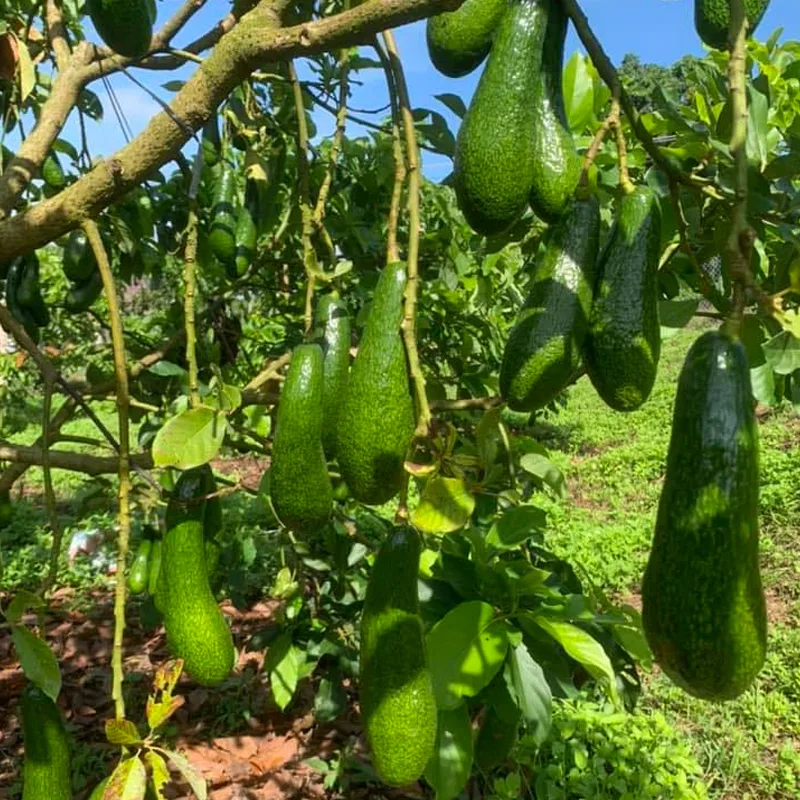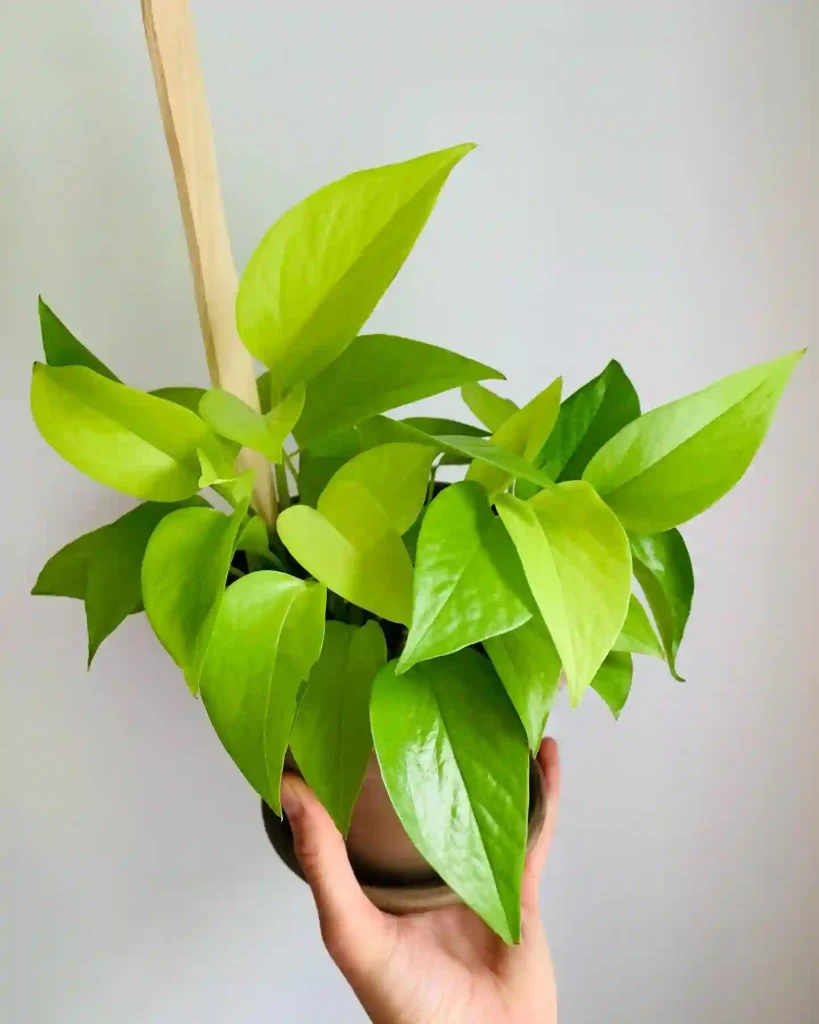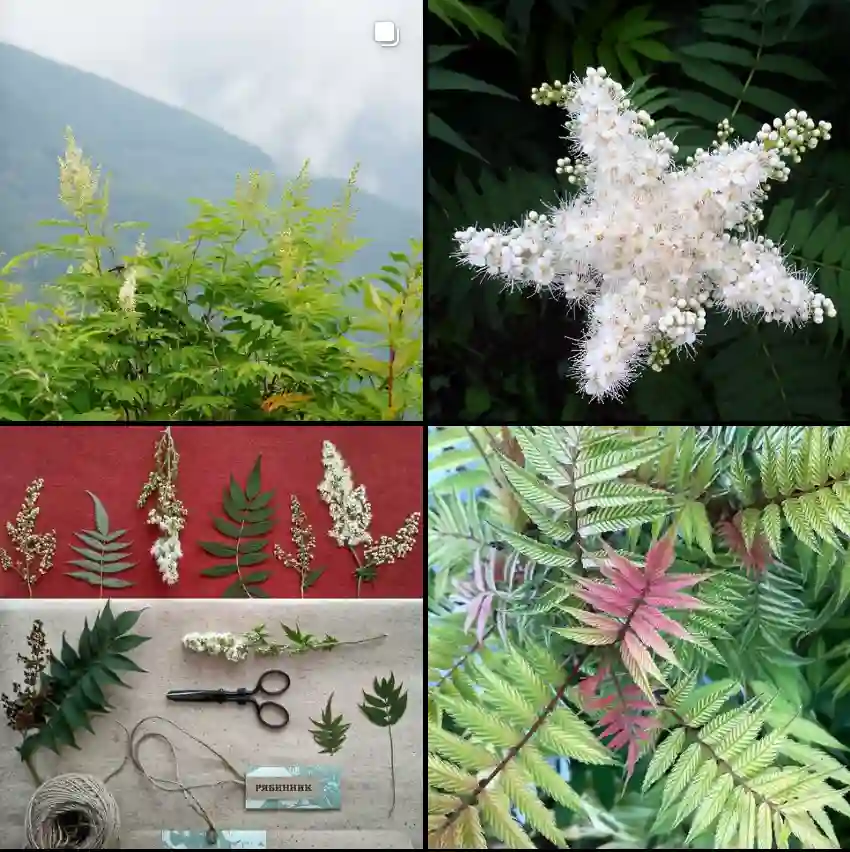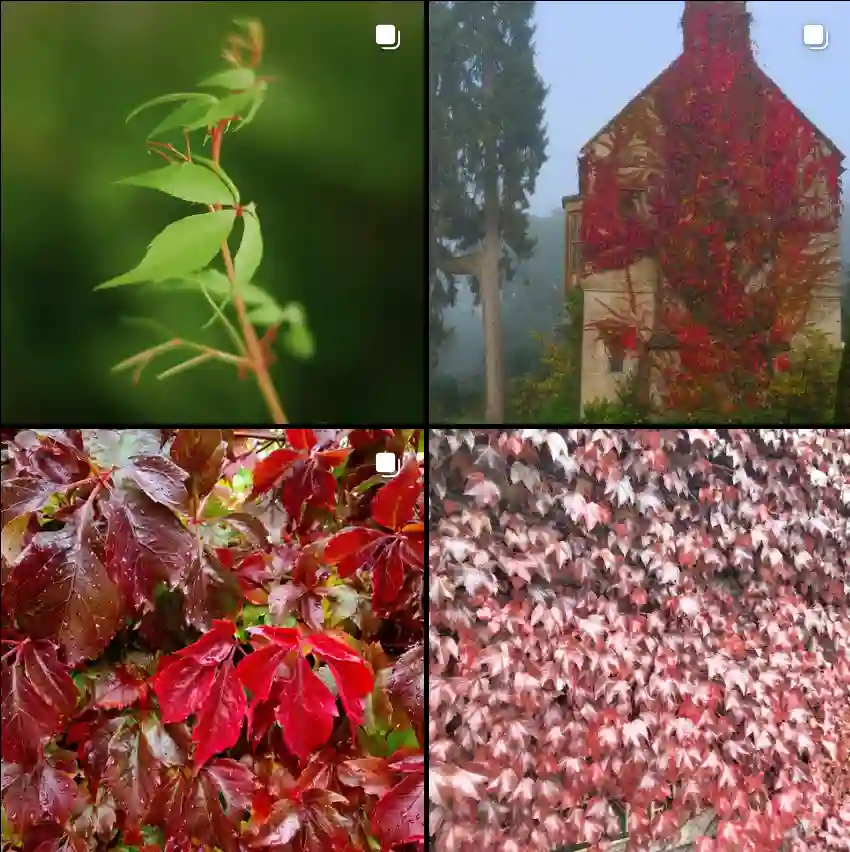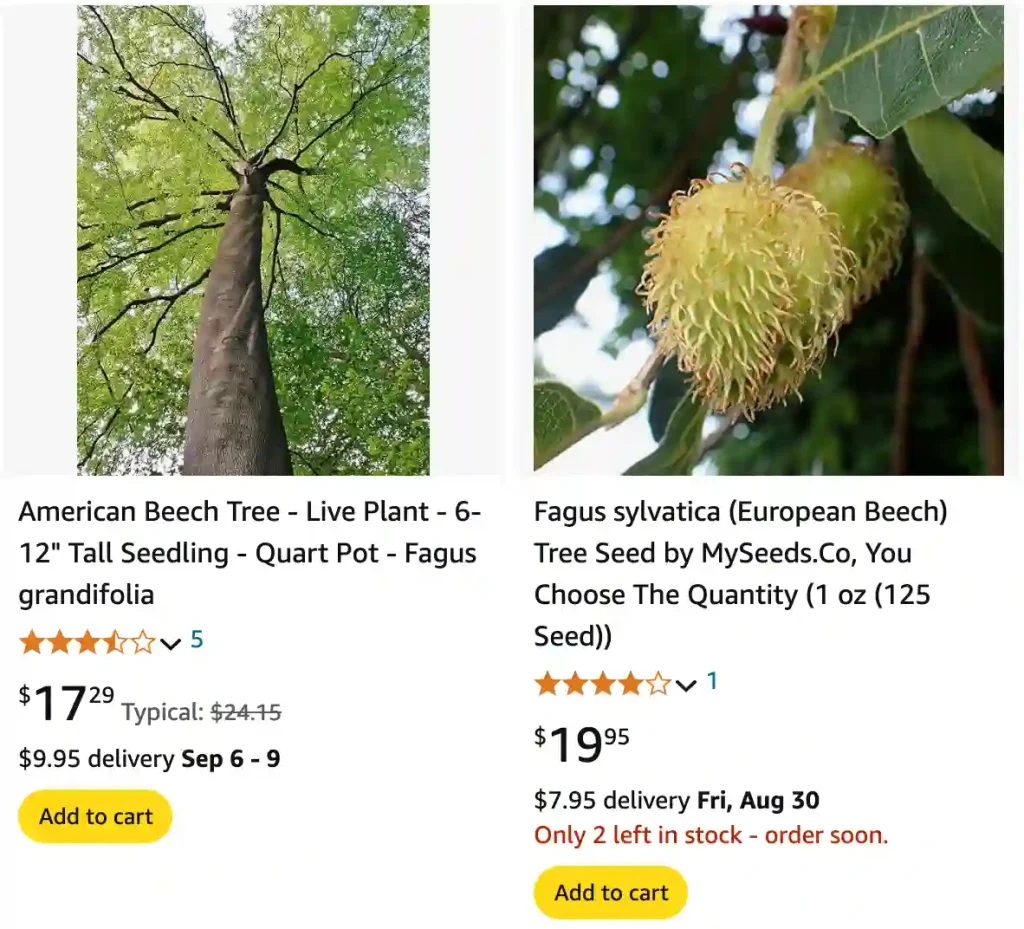
FAQs About Beech Trees
As a gardening enthusiast, I’ve had my fair share of experiences with various trees, but the Beech tree has always stood out for its elegance and unique characteristics. In this article, I’ll address some of the most frequently asked questions about Beech trees, including their appearance, growth patterns, and how they compare to other trees.
What Does a Beech Tree Look Like?
Beech trees are quite distinctive. They are known for their smooth, silvery-gray bark that becomes darker and more textured with age. Their leaves are broad and ovate, with a pointed tip and wavy edges. In spring and summer, the leaves are a vibrant green, turning golden bronze in the fall. The tree’s shape is usually a dense, rounded canopy, making it an attractive addition to any landscape.
Is a Beech Tree Hardwood?
Yes, Beech trees are classified as hardwood. The wood is known for its strength and durability, making it suitable for furniture and flooring. It has a fine, even grain and is often used in woodworking due to its workability.
What Is a Beech Tree?
A Beech tree (Fagus) is a deciduous tree native to temperate Europe and North America. It belongs to the family Fagaceae and is recognized for its smooth bark, attractive foliage, and robust wood. Beech trees can grow to impressive heights and are commonly found in forests and parks.
Do Beech Trees Have Nuts?
Yes, Beech trees produce nuts, known as beechmast. These small, triangular nuts are encased in a spiky husk. While they are edible, they are generally not consumed in large quantities. Wildlife such as squirrels and birds often eat these nuts.
How Fast Do Beech Trees Grow?
Beech trees grow at a moderate pace. On average, they can add about 12 to 24 inches of height each year. However, growth rates can vary depending on soil quality, climate, and other environmental factors. It’s essential to provide optimal conditions to ensure healthy growth.
How Long Do Beech Trees Live?
Beech trees are long-lived. In favorable conditions, they can live for several centuries. Some Beech trees are known to live for over 300 years, making them a significant feature in many historical landscapes.
How to Grow a Beech Tree from Seed?
Growing a Beech tree from seed can be a rewarding process. Here’s a step-by-step guide:
- Collect Seeds: Gather beech nuts (beechmast) in the fall when they are ripe.
- Prepare Seeds: Remove the husks and store the nuts in a cool, dry place.
- Stratification: Beech seeds need a period of cold stratification. Place the seeds in a moist medium like sand or peat and refrigerate for 2 to 3 months.
- Planting: In early spring, plant the seeds in well-drained soil about 1 inch deep. Keep the soil consistently moist.
- Care: Provide the young trees with plenty of light and protect them from strong winds.
How to Germinate Beech Tree Seeds?
Germinating Beech tree seeds requires patience. After stratification, the seeds should be planted in a seed tray or pot. Keep them in a cool, well-lit area and maintain consistent moisture. Germination can take several weeks to months, so regular monitoring is crucial.
Why Are Beech Trees Dying?
Beech trees can suffer from various issues, including diseases like Beech Bark Disease and environmental stressors. Factors such as climate change, invasive pests, and pollution can also contribute to their decline. Regular monitoring and proper care can help manage these issues.
Why Do Beech Trees Keep Their Leaves?
Beech trees are known for retaining their dead leaves through the winter. This characteristic is called “marcescence.” The leaves hang on until new growth pushes them off in the spring. This trait helps protect the tree from harsh winter conditions and adds a distinctive appearance to winter landscapes.
Beech Tree vs. Birch Tree
Beech and Birch trees might seem similar, but they have distinct differences. Beech trees have smooth, gray bark and broad leaves, while Birch trees have thin, papery bark and more delicate, serrated leaves. Birch trees also typically have a more slender, upright form compared to the broader, more rounded shape of Beech trees.
Beech Tree vs. Elm Tree
Comparing Beech and Elm trees reveals several differences. Beech trees have smooth bark and rounded leaves, whereas Elm trees are known for their rough, ridged bark and serrated leaves. Elms also tend to have a more spreading canopy compared to the dense, rounded canopy of Beech trees.
How to Care for Beech Trees?
Caring for Beech trees involves ensuring they are planted in well-drained soil and providing adequate moisture. They prefer full sun to partial shade and benefit from occasional feeding with a balanced fertilizer. Regular pruning can help maintain their shape and remove any dead or diseased branches.
What to Plant with Beech Trees?
When planting near Beech trees, consider companion plants that thrive in similar conditions. Understory plants like ferns, hostas, and shade-tolerant perennials can complement the Beech tree’s canopy and enhance the overall landscape.
Is It Toxic?
Beech trees are not considered toxic to humans or animals. However, while the nuts are edible, they are not typically consumed due to their bitterness and the difficulty in removing the husk.
Beech trees are remarkable additions to any landscape, known for their beauty, durability, and long lifespan. By understanding their needs and characteristics, you can ensure they thrive and continue to be a stunning feature in your garden for generations to come.

